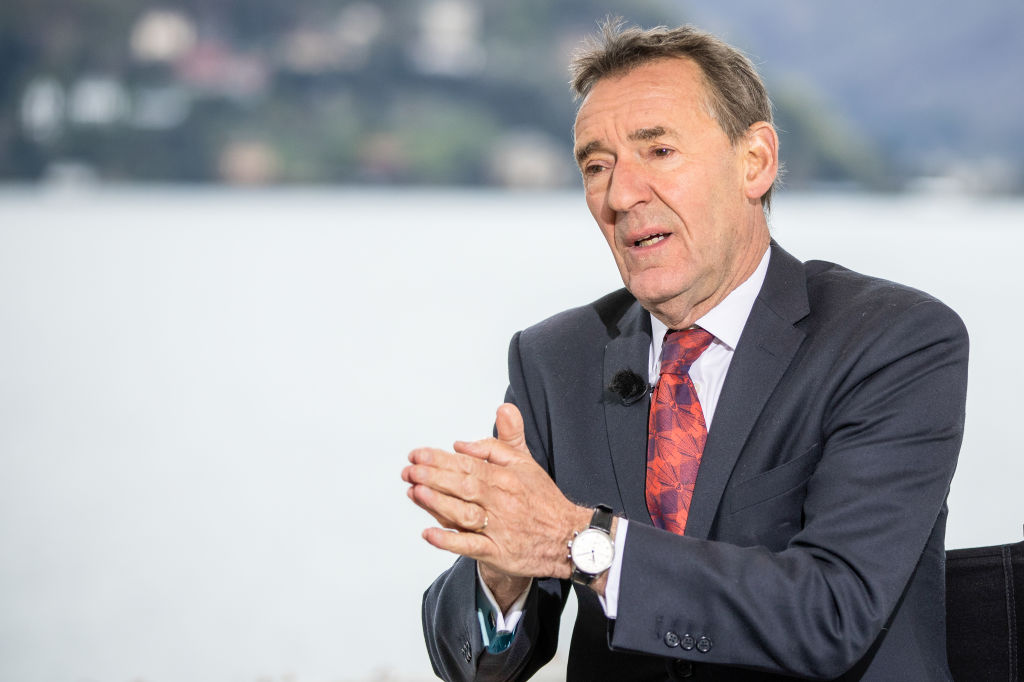The world’s greatest investors: Jack Dreyfus
Jack Dreyfus was a market timer and adopted a “contrarian” strategy that put the majority of his funds’ assets into stocks during times of great pessimism.

Jack Dreyfus was born in 1913 in Montgomery, Alabama. After graduating from Lehigh University in Pennsylvania he worked on Wall Street in relatively junior positions until a friend loaned him the money to buy a seat on the New York Stock Exchange. His brokerage boomed, boosted by aggressive advertising, and in 1951 he took over the small Nesbett Fund, changing its name to Dreyfus. He ran it until 1965, before selling in 1970. He died in 2009 at the age of 95.
What was his strategy?
Dreyfus was a market timer and adopted a "contrarian" strategy that put the majority of his funds' assets into stocks during times of great pessimism and converted money into cash during times of great optimism.
Did this work?
Between 1953 and 1964 the Dreyfus fund returned a total of 604% (19.4% a year), compared with 346% (14.6%) for the Dow. Not only was it the best-performing mutual fund, but its returns were 102% higher than the fund that came in second place. He retired in 1970 with a personal fortune that was estimated at $100m (around $610m in today's money).
MoneyWeek
Subscribe to MoneyWeek today and get your first six magazine issues absolutely FREE

Sign up to Money Morning
Don't miss the latest investment and personal finances news, market analysis, plus money-saving tips with our free twice-daily newsletter
Don't miss the latest investment and personal finances news, market analysis, plus money-saving tips with our free twice-daily newsletter
What were his biggest successes?
In early 1957 Dreyfus became convinced speculators in stocks were overextended, and had borrowed huge sums of money they wouldn't be able to repay. He cut his fund's holdings of stock to less than half. Dreyfus was therefore shielded from the effects of the bear market that saw the value of the Dow plunge by 20% in the three months from July to October of that year.
What lessons are there for investors?
Predicting market rises and falls is difficult, and most ordinary investors would be better off taking a "buy and hold" strategy, especially since stocks almost always do better than bonds, over the medium and long-terms. Still, Dreyfus shows that going against the crowd can be a powerful strategy.
Get the latest financial news, insights and expert analysis from our award-winning MoneyWeek team, to help you understand what really matters when it comes to your finances.

-
 Jim O’Neill on nearly 25 years of the BRICS
Jim O’Neill on nearly 25 years of the BRICSJim O’Neill, who coined the acronym BRICS in 2001, tells MoneyWeek how the group is progressing
-
 Build or innovate? How to solve the productivity puzzle
Build or innovate? How to solve the productivity puzzleOpinion There are two main schools of thought when it comes to solving the productivity puzzle, says David C. Stevenson